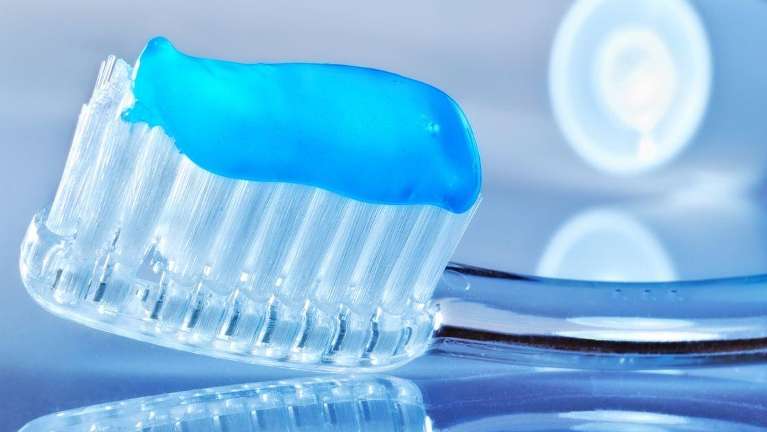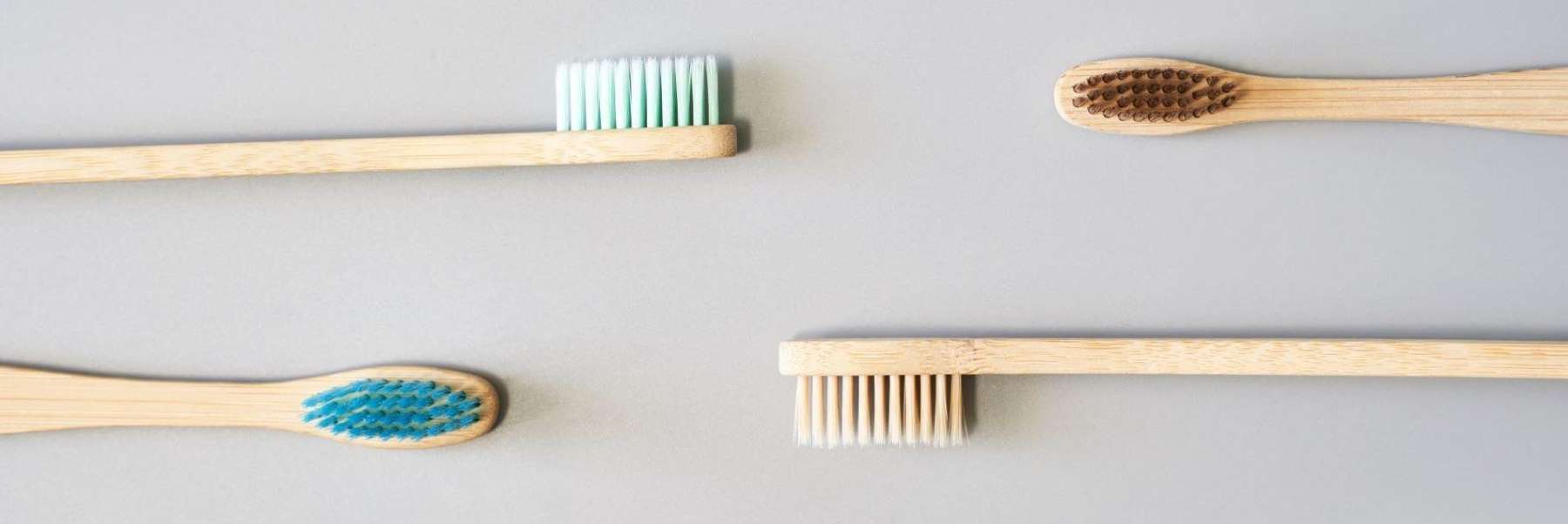
When you brush your teeth every morning and evening, do you ever stop to think about the toothpaste you’re using? You probably just mindlessly put it on your toothbrush without considering its humble beginnings. The fact is that toothpaste has a long, interesting history dating back thousands of years.
So, let’s look back at toothpaste's fascinating story, from its ancient beginnings to its modern variety of flavors, colors, and packaging.
The Ancient Origins of Toothpaste
Many different civilizations contributed to what today is known as toothpaste. Here are some of the ways ancient humans cleaned their teeth:
- Thousands of years ago, around 5,000 BC, ancient Egyptians used mint, dried flowers, pepper, and crushed salt to clean their teeth. Then, in 3,000 BC, they created a dental paste consisting of oxen hooves, eggshells, pumice, myrrh, and water. Interestingly, pumice is still one of the components used by dental hygienists today when cleaning their patients’ teeth.
- In China and India, people chewed on peppermint and neem twigs to keep their breath nice and fresh. Later on, they rubbed ground fish bones and oyster shells on their teeth to keep them clean.
- The Arabs used fine sand on their teeth before tooth powders became the norm. These powders contained crushed bones and oyster shells but also had charcoal and bark. The charcoal helped with fresh breath.
- Europeans tried rubbing table salt on their teeth until they realized it was too hard on their tooth enamel.
- The Greeks and Romans also used tooth powders to clean their teeth; ingredients like chalk, bricks, and burned bread were combined with wine or vinegar to create a paste. Even though this combination doesn’t sound pleasing to a modern palate, these powders and pastes effectively removed plaque and food particles.
When Was Toothpaste Invented?
Only in the 18th century did the first modern toothpaste make its appearance. An English physician, Dr. Thomas Gale, made a medical breakthrough when he added soap to the existing tooth powders. This made the tooth powders much more effective at cleaning teeth. Soon after that, charcoal was also added because of its ability to make teeth look whiter.
Commercial Toothpaste Is Born
In the 19th century, a turning point in toothpaste history occurred when a dentist named Peabody created a toothpaste containing soap and chalk in 1824. Then, in 1850, John Harris combined chalk and charcoal to make the first-ever commercially sold toothpaste.
Once that happened, the floodgates opened, and commercial toothpaste became more common. In 1873, Colgate released a jar of toothpaste and then quickly introduced a tube of toothpaste. This innovative shift in packaging made toothpaste much more convenient for its users.
20th Century Toothpaste Improvements
During the early 20th century, many advancements in toothpaste took place, including the following:
- In the 1910s, we saw the introduction of fluoride toothpaste after studies found it could prevent tooth decay.
- In the 1950s, fluoride toothpaste was the norm as oral health became a more critical part of societal norms. Once fluoride was commonplace, different flavors like mint and cinnamon were introduced.
- In 1967, gel formulas gave toothpaste users more options than paste. The first gel toothpaste was called Close-Up. All these advancements added to the user experience, as consumers begged for more choices in maintaining their oral health.
Modern Innovations in Toothpaste
During the last half of the 20th century, further advancements in toothpaste occurred, such as:
- The addition of antimicrobial agents to combat bacteria
- Refined abrasives to decrease tooth enamel damage
- Multiple flavoring agents were created, giving consumers a wide range of choices for their toothpaste.
Today’s toothpaste offers even more specialized formulas; when we go to the store, we can find toothpaste for any number of issues. There are formulas to strengthen our enamel, take special care of our gums, and keep us from experiencing sensitivity.
There are even herbal and natural toothpaste brands for people who want alternatives to mainstream products. These products appeal to people who are looking for toothpaste without chemicals. Interestingly, some of these natural products contain charcoal, one of the earliest toothpaste ingredients. Other natural ingredients include coconut and other essential oils because of their antibacterial properties. With so many flavors and types of toothpaste available, it can be overwhelming to decide.
Today’s Toothpaste Types
Currently, there are five different toothpaste categories to choose from, including the following:
Children’s toothpaste—This type of toothpaste usually doesn’t have as much fluoride as adult toothpaste. It might also be less abrasive and come in flavors your kids will love.
Smoker’s toothpaste—If you use tobacco, a smoker’s toothpaste contains cleaning agents to help remove stains and make your teeth appear whiter.
Teeth-whitening toothpaste—Even non-smokers can get stains on their teeth; things like coffee, tea, wine, and soy sauce can discolor your teeth. This toothpaste can lessen the appearance of stains from certain foods or drinks.
Sensitive teeth toothpaste—If you are sensitive to hot and cold temperatures, this toothpaste can help reduce your discomfort.
Herbal toothpaste—If you want a natural alternative, herbal toothpaste can clean your teeth without the same ingredients that regular toothpaste contains.
What Does the Future Hold for Toothpaste?
Researchers today are developing new innovations to further improve how we clean our teeth. They are adding ingredients such as nanohydroxyapatite, which could help repair tooth enamel.
In addition, we may eventually be able to buy personalized toothpaste based on specific genetic factors. There are even toothpaste formulas being introduced that have sensors or apps to monitor dental hygiene habits and offer advice on how to improve oral health. Digital dental health is just around the corner. Imagine a toothpaste tailored to our individual dental needs! Before we know it, toothpaste could be as unique as we are.
As social media influencers continue to promote different wellness trends, our toothpaste preferences may shift even more. The many toothpaste brands are jockeying for position in the social media space, trying to get celebrities and influencers to promote their products, whether that is an eco-friendly package, natural ingredients, or our need to have beautiful, white teeth when we smile for a selfie.
No matter what happens in the future, the history of toothpaste is a testament to how humans work to solve problems. In the quest for better oral hygiene, we went from using crushed eggshells and oxen hooves to the wide range of flavors and ingredients used today.
The toothpaste industry will undoubtedly continue to grow as humans strive to achieve and maintain the best oral health possible. The possibilities are endless with the combination of tradition, science, and how we want our toothpaste to look and taste. So, tonight, when you grab that tube of toothpaste from your bathroom counter, think about how the history of toothpaste is as colorful as the tube you’re holding.
Contact Us
Ready to embark on the exciting journey into the future of toothpaste? Reach out to North Idaho Dental Group today and stay ahead of the curve with cutting-edge dental care. Your smile deserves the best, and we're here to help you achieve it!
